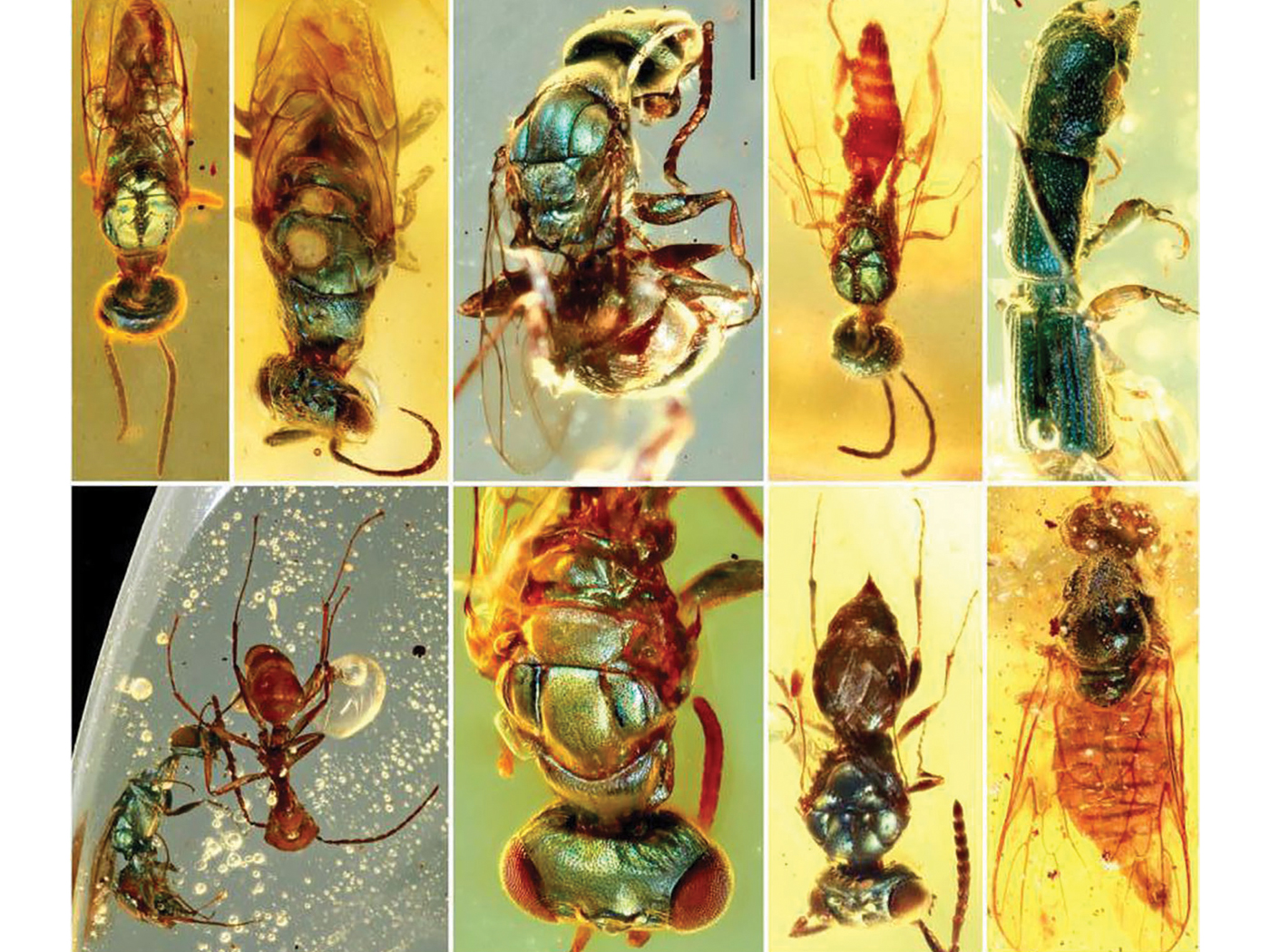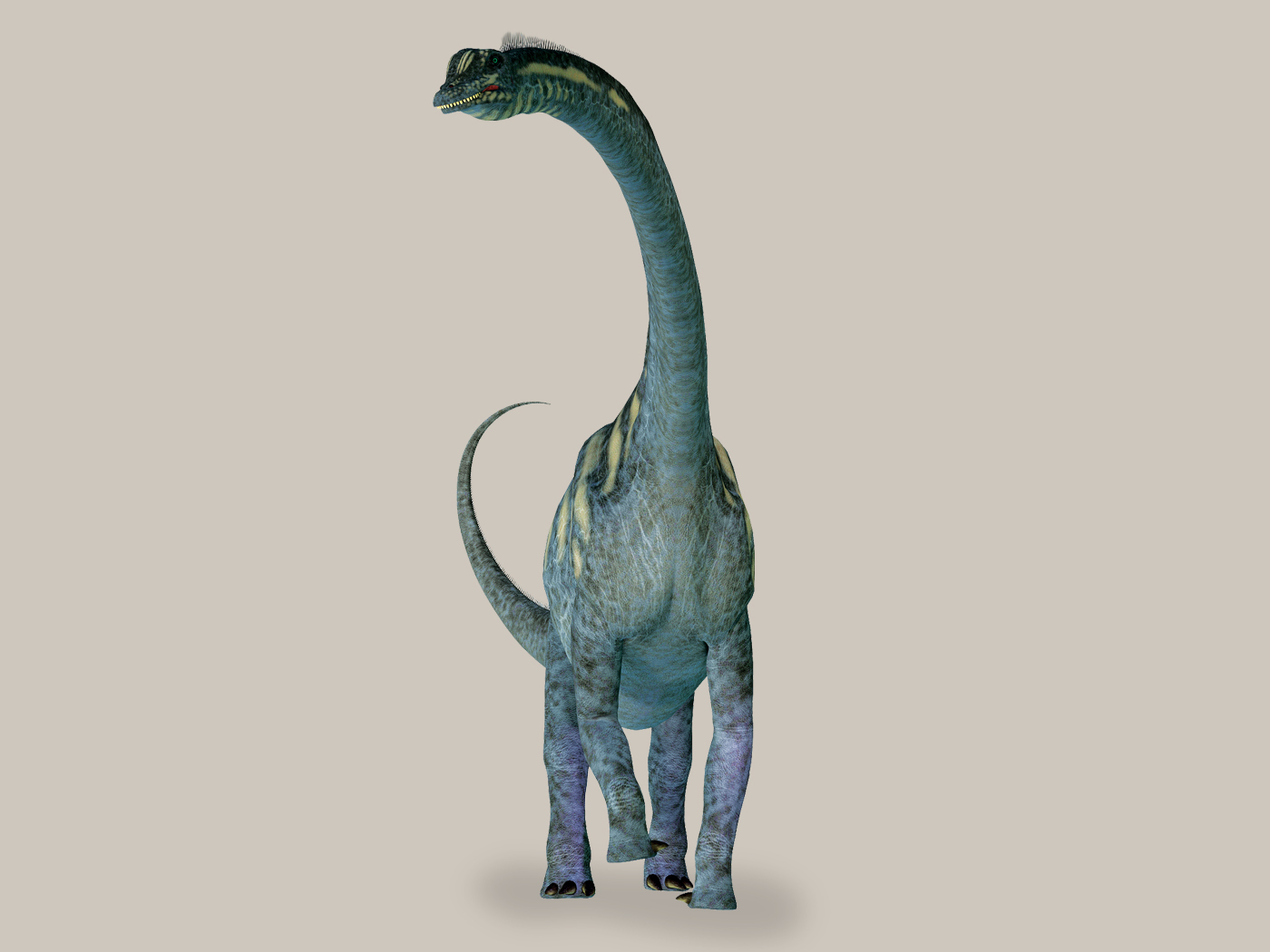At the Institute for Creation Research, we’re investigating Astyanax mexicanus (Mexican tetra) as an experimental model of rapid adaptation by animals to different environmental conditions, such as moving from an underground cave system into sunlight. These images show two blind cavefish morphotypes in left-lateral views. In the upper image is an adult cavefish showing native features, including the absence of an eye, a semitransparent orange body, visible blood vessels, reflective lateral stripe, and low numbers of black melanin pigment spots. In the lower image is a juvenile cavefish raised under daily cycles of full-spectrum high-intensity light for 40 days, followed by four months of treatment with artificial daylight. In contrast to the upper image, pigmentation has comprehensively increased in this juvenile cavefish. The juvenile’s parents were treated with high-intensity light for five months before reproducing this fish.









